
Phantom Threat: Pipes
It’s no secret that America’s infrastructure has seen better days and our municipal gas pipelines are no different. The average gas line in the United States is more than 30 years old, with at least one dating as far back…

It’s no secret that America’s infrastructure has seen better days and our municipal gas pipelines are no different. The average gas line in the United States is more than 30 years old, with at least one dating as far back…
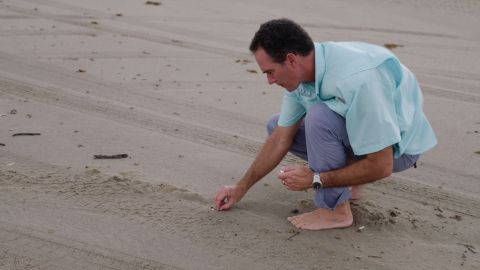
As the urgency to transition to clean energy gains momentum, the fossil fuel industry is pinning its hopes for the future on a different product: plastic.
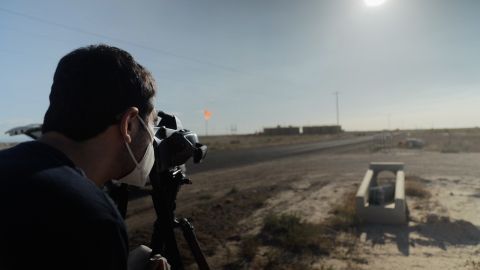
Methane can’t be seen with the naked eye, but that doesn’t mean it isn’t leaking from extraction sites across the country—posing health and climate risks.
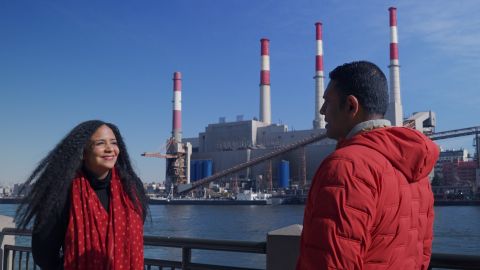
While people concerned about the climate are familiar with the harms of carbon-dioxide (CO2), many are still unaware that natural gas is actually methane—a serious concern among scientists and policymakers.
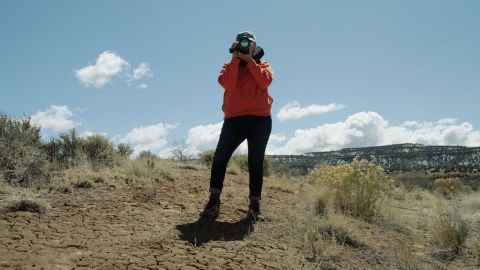
With an infrared camera in hand, a Diné (Navajo) community activist investigates methane leaks at oil and gas sites.

A simple breakdown of the chemistry explaining why certain gases warm the planet and contribute to the climate crisis.
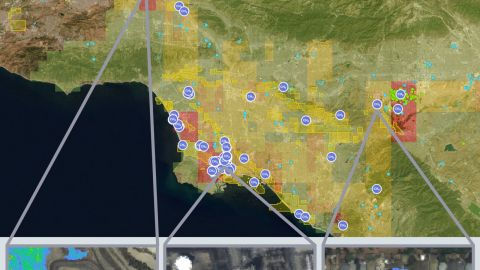
A 'loose federation' of satellites and aircrafts are tracking down methane super emitters, which have historically gone undetected.
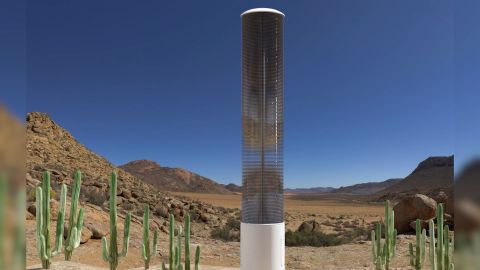
In the face of the climate crisis, slowing carbon emissions won't be enough. Two technologies that are reversing the damage by removing harmful greenhouse gases are helping to move the planet forward.

Methane emissions caused by human-related activities are responsible for 25% of global warming, according to the United Nations.

We break down some primary sources of these greenhouse gas emissions from food and discuss how we can reduce them.